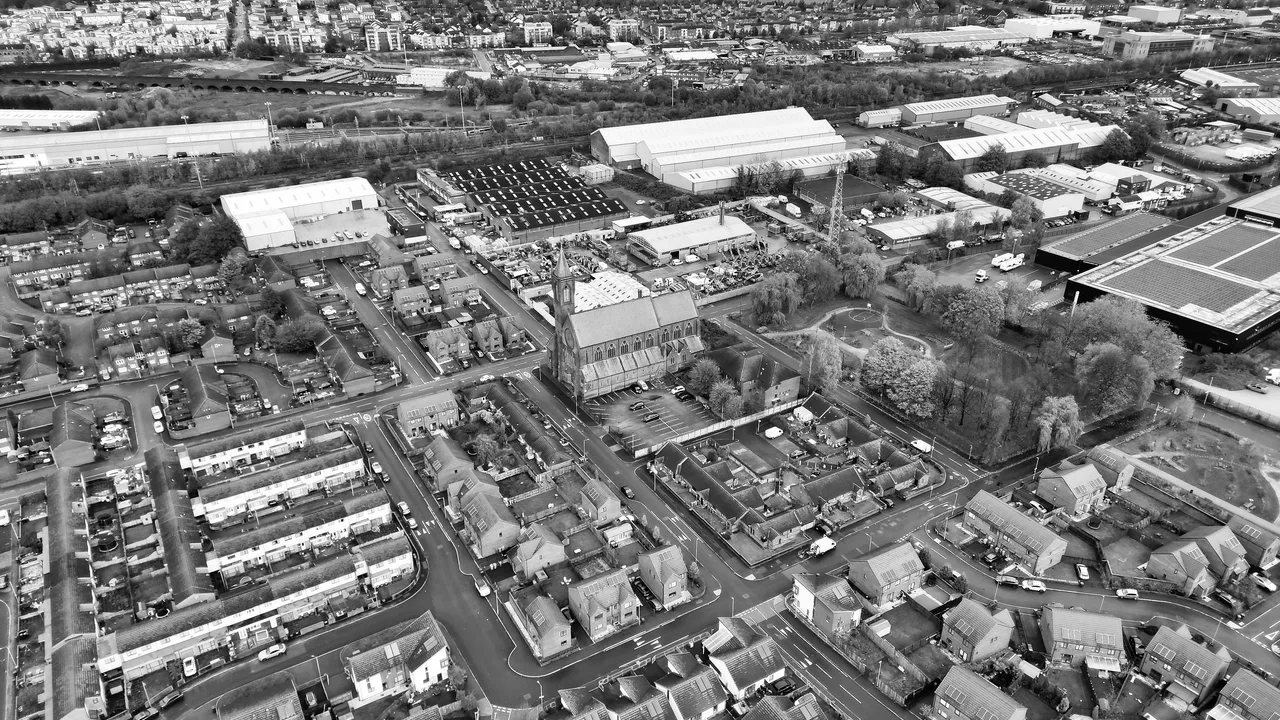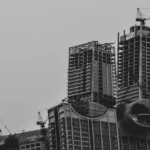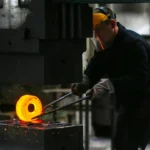The global construction industry is entering a new era—one defined by innovation, responsibility, and environmental awareness. At the center of this movement is sustainable construction, a discipline that seeks to balance progress with preservation. As populations grow and urbanization accelerates, the need for eco-friendly materials and smarter design becomes increasingly urgent. The coming decade promises remarkable transformation, where technology, recycling, and renewable resources will reshape how we build.
What Is Sustainable Construction?
Sustainable construction refers to a holistic approach to building that minimizes negative environmental impact while maximizing efficiency, durability, and occupant health. It considers every stage of a structure’s life cycle—from material extraction and transportation to use, maintenance, and end-of-life recycling. By integrating green building standards, energy-efficient systems, and responsible sourcing, developers can drastically reduce both embodied and operational carbon.
Beyond the ecological perspective, sustainability offers economic and social advantages. Buildings designed for longevity and low maintenance deliver long-term savings. Meanwhile, projects that embrace renewable resources promote healthier living spaces and inspire trust among environmentally conscious investors and clients.
The Core Principles of Sustainable Building
- Energy efficiency: Using passive solar design, high-performance insulation, and efficient lighting to minimize energy demand.
- Waste reduction: Encouraging modular construction, prefabrication, and recycling of on-site waste materials.
- Durability: Selecting resilient materials that reduce maintenance and extend building life cycles.
- Local sourcing: Prioritizing locally available materials to lower transportation emissions and support regional economies.
Why Material Selection Matters in Sustainable Construction
Material choice lies at the heart of sustainable construction. Every product used in a project carries a “carbon story,” defined by its raw-material origin, production process, and energy consumption. Choosing eco-friendly materials helps reduce this footprint and drives the shift toward a circular economy. Architects and engineers now evaluate options based on Life Cycle Assessment (LCA)—an analysis of how a material performs environmentally over its entire lifespan.
Key Performance Metrics
- Recyclability: Can the material be reused or repurposed without degrading performance?
- Embodied carbon: How much CO₂ was emitted during its production?
- Thermal efficiency: Does it help maintain interior comfort while lowering energy bills?
- Resource renewability: Is the raw material renewable or rapidly replenishable?
Innovative Eco-Friendly Materials Transforming Construction
The push for greener design has led to an explosion of innovation in eco-friendly materials. The following are leading examples that will define the next decade of sustainable construction and green building.
1. Recycled Steel: The Backbone of Modern Sustainability
Recycled steel remains one of the world’s most sustainable and versatile construction materials. It offers exceptional strength-to-weight ratio, 100 % recyclability, and long-term durability. By reusing existing steel scrap, manufacturers dramatically cut energy use and greenhouse gas emissions compared to primary production.
Many global projects now source their steel frames and structural components from specialized producers like a trusted steel structure company. These firms design prefabricated solutions that minimize waste and streamline on-site assembly—making them an ideal partner in large-scale sustainable development.
2. Cross-Laminated Timber (CLT)
CLT panels are engineered from layers of wood boards arranged at right angles and bonded under pressure. They sequester carbon rather than release it, making them a net-positive material for climate goals. When harvested responsibly, timber provides both beauty and structural reliability for mid-rise and high-rise buildings alike.
3. Green Concrete
Traditional concrete production is a leading source of CO₂ emissions, but new formulations known as “green concrete” incorporate industrial by-products like fly ash, slag, or recycled aggregates. These mixtures reduce cement demand, enhance strength, and lower embodied carbon while maintaining cost efficiency.
4. Bamboo and Hempcrete
Fast-growing and naturally renewable, bamboo provides outstanding tensile strength comparable to mild steel. Hempcrete—a mixture of hemp fibers, lime, and water—acts as an excellent insulator and carbon sink. Both materials are gaining popularity for residential and low-rise commercial projects focused on biophilic and regenerative design.
5. Low-VOC Paints and Bio-Based Insulation
Indoor air quality is a crucial component of sustainable construction. Low-VOC (volatile organic compound) paints, plant-based foams, and cellulose insulation contribute to healthier interiors while maintaining excellent thermal performance. These innovations align with modern green building certifications that emphasize occupant well-being alongside energy efficiency.
Integrating Sustainable Materials into Building Design
The effectiveness of eco-friendly materials depends on how well they integrate into overall architectural strategy. Designers increasingly adopt passive and modular principles—maximizing daylight, natural ventilation, and flexible spaces—to reduce mechanical loads and future renovation waste. Building Information Modeling (BIM) tools help architects simulate energy consumption, thermal comfort, and environmental impact before construction even begins.
Real-world projects illustrate these benefits. Office towers featuring recycled steel skeletons, CLT façades, and photovoltaic façades demonstrate how sustainable construction can be both visually striking and environmentally responsible. By combining advanced materials with smart design, these buildings deliver higher efficiency and lower operational costs across their entire lifespan.
Challenges in Adopting Sustainable Construction
Although sustainable construction continues to gain traction, the transition from conventional practices is not without obstacles. The most common barriers include cost perception, limited material availability, and inconsistent regulation. Many developers still associate eco-friendly materials with higher initial expenses, even though lifecycle studies prove otherwise. Supply chains for recycled and bio-based products are growing but remain fragmented in many regions, creating logistical challenges for large-scale projects.
Economic and Policy Barriers
- Higher Up-Front Costs: While green building materials often pay for themselves through energy savings, the larger initial investment can deter short-term-focused investors.
- Lack of Standards: Variations in certification systems (LEED, BREEAM, EDGE) can confuse project teams and slow adoption.
- Market Awareness: Some stakeholders still undervalue sustainable design, focusing solely on aesthetics and speed.
Strategies for Wider Adoption
To overcome these issues, governments and private sectors are aligning policies and incentives. Tax credits, carbon pricing, and mandatory energy-performance benchmarks are pushing the market toward sustainable construction. Educational programs are also equipping architects, engineers, and contractors with the skills needed to evaluate and implement eco-friendly materials. Meanwhile, digital platforms are helping suppliers showcase transparent product data—including embodied-carbon scores and recyclability indices—to encourage informed decisions.
Smart Technologies Driving Green Building Innovation

The next decade will merge sustainable construction principles with cutting-edge technology. Smart sensors, artificial intelligence, and digital-twin modeling are already transforming the way materials are selected and buildings are operated.
Building Information Modeling (BIM)
BIM integrates design, engineering, and sustainability analysis into one digital environment. Engineers can simulate thermal performance, daylight distribution, and structural load efficiency using real-time data. When paired with environmental product declarations, BIM ensures that every material chosen aligns with green building goals.
Internet of Things (IoT) Monitoring
Embedded IoT devices track indoor air quality, humidity, and temperature. These continuous feedback loops help facility managers fine-tune systems for maximum comfort and minimal energy waste. Over time, predictive algorithms learn occupant patterns, reducing unnecessary energy consumption and improving overall building health.
Artificial Intelligence in Material Optimization
AI-driven design platforms now analyze thousands of potential material combinations to find the most efficient and sustainable mix. By weighing cost, embodied energy, and structural integrity, AI assists engineers in selecting eco-friendly materials that meet both environmental and economic objectives.
Global Examples of Sustainable Construction Leadership
Across continents, pioneering projects are demonstrating the feasibility and profitability of sustainable construction. From net-zero campuses to climate-positive factories, these developments prove that innovation and responsibility can coexist.
1. The Edge – Amsterdam, Netherlands
Often cited as the world’s greenest office building, The Edge integrates smart lighting, solar façades, and rainwater harvesting. The project showcases how technology and green building design principles can reduce energy consumption by more than 70 % compared to conventional offices.
2. Bosco Verticale – Milan, Italy
This vertical forest uses over 900 trees and 20,000 plants across residential towers. The vegetation filters pollution, stabilizes temperature, and captures carbon—demonstrating the power of biophilic architecture and natural materials in urban sustainability.
3. Bullitt Center – Seattle, USA
Dubbed the “greenest commercial building in the world,” it operates entirely on renewable energy, features composting toilets, and uses FSC-certified timber. Its design philosophy exemplifies holistic sustainable construction from foundation to rooftop.
Future Outlook: Toward a Circular Construction Economy
The future of sustainable construction lies in a fully circular model—where waste becomes resource and demolition turns into deconstruction. Designers are already envisioning buildings as “material banks,” with components designed for easy disassembly and reuse. Recycled steel, reclaimed wood, and bio-composites will circulate continuously within the industry, drastically cutting resource extraction.
Energy-positive and carbon-negative projects will set new benchmarks for green building performance. Integration of renewable-energy systems such as rooftop solar and small-scale wind will make buildings self-sufficient. Simultaneously, emerging materials like graphene concrete, mycelium composites, and carbon-capturing bricks are redefining what’s possible in sustainable design.
Conclusion
The coming decade marks a pivotal point for sustainable construction. Innovation in eco-friendly materials, digital monitoring, and responsible design will drive the industry toward a cleaner and more resilient future. From recycled steel frameworks produced by trusted steel structure companies to next-generation bamboo composites, the path forward depends on collaboration between technology, policy, and craftsmanship.
Ultimately, sustainability is not just a design trend—it’s a long-term commitment to people and the planet. As awareness spreads and new technologies mature, sustainable construction will become the global standard for how humanity builds, grows, and thrives responsibly.
For further insights on materials and green standards, visit the U.S. Green Building Council (LEED).



